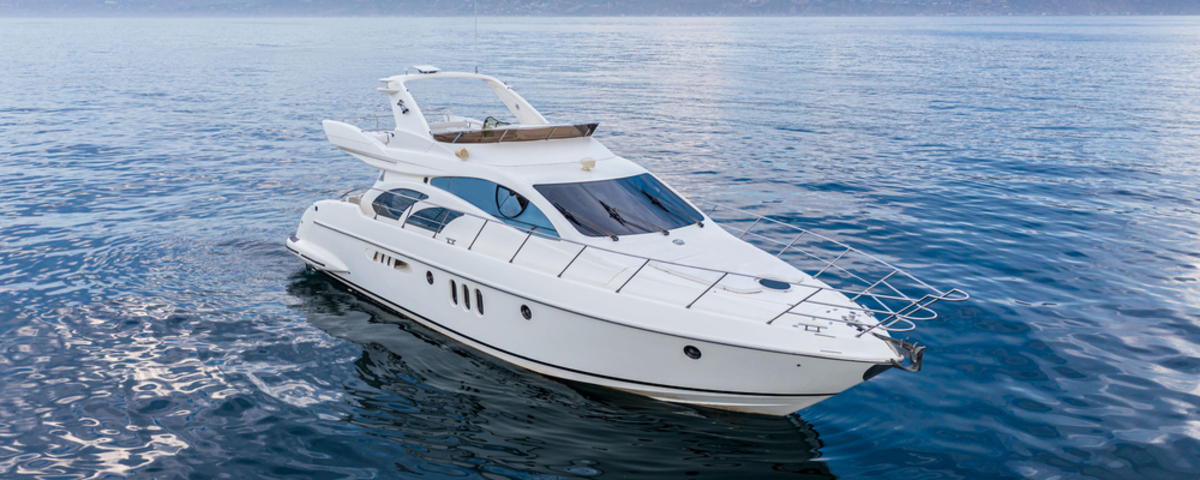How does Starlink work?
Communications satellites that provide access to the Internet have so far been geostationary and placed at high altitudes (36,000 km). This altitude allows a single satellite to cover a large area. However, this has two disadvantages: the need for large satellites and a relatively long transit time (600 ms) between them and the Earth. To overcome these limitations, Starlink has opted for a low orbit (around 550 km from Earth) satellite network. It currently consists of more than 3,000 satellites; in 2025 there will be more than 12,000 and ultimately more than 30,000 are planned for full coverage. To limit terrestrial processing stations, satellites communicate with each other via a laser link. The signals are then received by the terminal via an antenna. The running time is estimated at 20 to 35 ms. The satellites will be launched into orbit using the Falcon 9 launch vehicle (developed by SpaceX). The reduced dimensions and weight make it possible to launch several dozen satellites into orbit using a single launch vehicle. One of the weak points of low orbit satellites is the operational time (life in orbit). To make it as good as possible, everything was studied, from the fuel to the krypton to the solar panels. Taking all factors into account (number of satellites, technology, low orbit, etc.), we can estimate an upward (upload) rate of 10 to 20 Mbit/s, a downward (download) rate between 50 and 150 Mbit/s.
The price: two options, sea or land
The price for a complete installation (Starlink Maritime), consisting of the antenna, the WLAN router, all cables and connections, is just under 3,000 euros. For the monthly subscription you can expect to pay around 300 euros, for a speed of 50 GB, which is enough for pleasure. If you want 1TB, expect to pay 1,150 euros. It is possible to activate or deactivate the subscription when you are not using it. The rectangular antenna (50 x 30 cm) must be placed outdoors, must not be obscured by obstacles (mast, shrouds, booms, etc.) and offers a clear view of the sky. The whole thing has to be operated with 230 volts. There must be a high-quality 12/230 volt sine wave converter on board; the total consumption is around 80 watts, which is anything but negligible. The configuration is done via WiFi from a smartphone and the application (iOS or Android). The Starlink system continues to evolve as new satellites are placed into orbit. We’ve seen the Starlink Maritime solution, but you can also opt for the Starlink Roam model designed for RVs. This costs around 450 euros for the motorized antenna (not marinated) and 100 euros/month for the subscription. If you remain stationary, you can take out the so-called residential subscription (location fixed) for 40 euros/month. You can pause or change your subscription at any time. Prices for rental equipment and means of communication are indicative and are subject to change (+ or -). You should know that the living set is available in mass distribution. When subscribing, you can choose between private and mobile subscriptions. If you stay in port frequently or travel less than 10 miles, you can opt for a sea subscription (230 euros/month).
Our opinion
So far, Starlink is a solution that does not lack interest. The most difficult thing is to make the right choice among the different packages offered, which are constantly evolving, taking into account the consumption, which is significant since it is close to that of an inboard pilot (80 watts). The rental solution is an interesting option as it allows you to test the equipment and assess its usefulness. But be careful, this is a temporary solution that should only last a short time. Ultimately it comes close to the price of a complete kit. Currently it is not part of the global maritime security system because we cannot detect the position during transmission.

